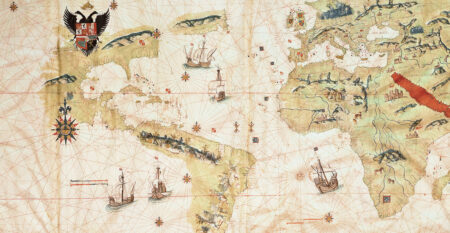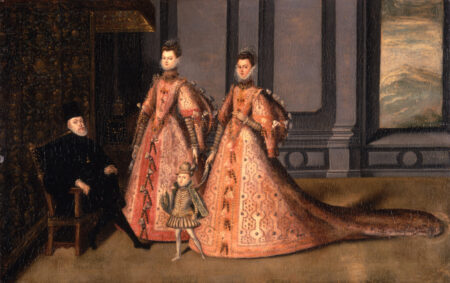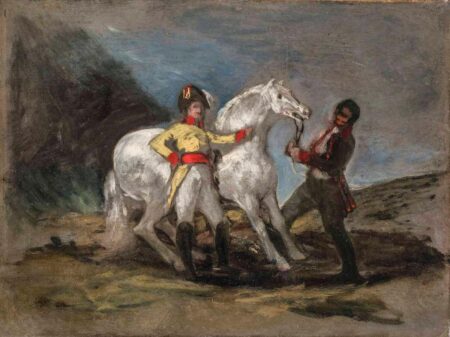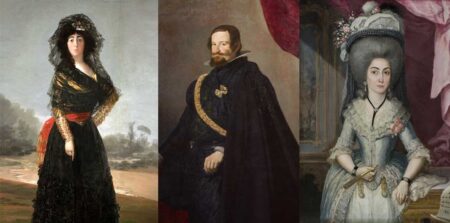
Colecciones
El Museo y la Biblioteca constituyen la colección más extensa de arte y literatura hispánica fuera de España y Latinoamérica. La fascinación de Archer Huntington por la cultura española comenzó a los doce años; a los catorce, comenzó a estudiar español; y a los diecinueve, reveló su aspiración de fundar un «Museo Español». A medida que crecía su entusiasmo, Huntington se comprometió cada vez más con la creación de una institución que abarcara todas las facetas de la cultura hispánica. Con este objetivo, Huntington comenzó su colección con libros raros y manuscritos españoles; luego, con artes decorativas; y luego con pinturas y esculturas, todas las cuales ahora llenan las galerías de la Hispanic Society of America.
Huntington cesó la mayor parte de su actividad como coleccionista en la década de 1930, aunque las colecciones de la Hispanic Society continuaron beneficiándose en las décadas siguientes de numerosas donaciones y legados. Tras su fallecimiento en 1955, el resto de su colección personal ingresó en las colecciones del Museo y la Biblioteca. No fue hasta la década de 1970 que el Museo comenzó a ampliar las colecciones mediante compras. Hoy en día, el Museo y Biblioteca de la Hispanic Society continúa con el legado de Huntington mediante un activo programa de adquisiciones.
El Departamento de Museos de la Hispanic Society contiene más de 18.000 obras de prácticamente todos los medios, incluyendo pinturas, dibujos, esculturas, artes decorativas y artes prácticas, que datan desde el Paleolítico hasta el siglo XX. Objetos de la Iberia prehistórica, antigua y medieval; España y Portugal; la Latinoamérica hispanohablante y portuguesa; la Goa portuguesa en la India; y Filipinas ocupan un lugar destacado en la colección.






